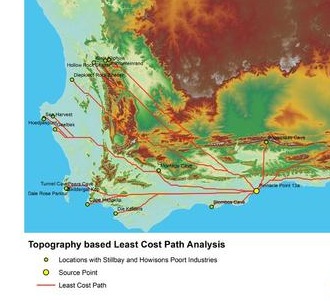

The Olmec and the Maya, indigenous to Central America, built the first cities on the continent, eventually leading to the great urban areas of Tenochtitlan, Texcoco, and Tlacopan. states of Florida and California, as well as Mexico and Central America. These populations fanned out southward, to the present-day U.S. The first North Americans are believed to have migrated from Siberia, in northeast Asia, by crossing a land bridge over the Bering Strait.

Historic Cultures Indigenous cultures shaped, and were shaped by, the geography of North America. From their beginnings to the present day, the peoples of North America have worked with and against their surroundings in order to survive and prosper. North America’s human landscape closely mirrors that of its physical environment: varied, rich, and constantly changing. Today, North America is home to the citizens of Canada, the United States, Greenland, Mexico, Belize, Costa Rica, El Salvador, Guatemala, Honduras, Nicaragua, Panama, and the island countries and territories of the Caribbean Sea and western North Atlantic. The portions of the landmass that widened out north of the Isthmus of Panama became known as North America. Vespucci was the first European to suggest that the Americas were not part of the East Indies, but an entirely separate landmass.

North America and South America are named after Italian navigator Amerigo Vespucci. North America’s physical geography, environment and resources, and human geography can be considered separately. North America, the third-largest continent, extends from the tiny Aleutian Islands in the northwest to the Isthmus of Panama in the south.


 0 kommentar(er)
0 kommentar(er)
